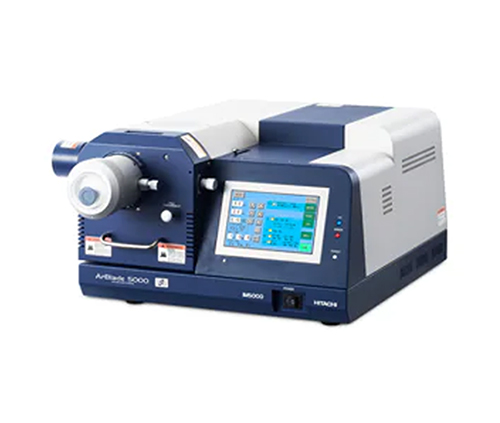An optical microscope is an optical instrument that uses optical principles to magnify and image tiny objects that cannot be distinguished by the human eye, so that people can extract detailed structure information.
As early as the first century BC, people have discovered that when observing tiny objects through spherical transparent objects, they can be magnified and imaged. Later, I gradually gained an understanding of the law of magnifying and imaging objects on the surface of spherical glass.
In 1590, Dutch and Italian spectacle makers had built magnifying instruments similar to microscopes. Around 1610, Galileo of Italy and Kepler of Germany were studying telescopes while changing the distance between the objective lens and the eyepiece to arrive at a reasonable optical path structure of the microscope. The optical craftsmen at that time then engaged in the manufacture, promotion and improvement of microscopes. .
In the middle of the 17th century, Hooker of the United Kingdom and Levenhoek of the Netherlands both made outstanding contributions to the development of microscopes. Around 1665, Hooke added coarse and fine focusing mechanisms, lighting systems, and workbenches for specimens to the microscope. These components have been continuously improved to become the basic components of modern microscopes.
Between 1673 and 1677, Leeuwenhoek made a single-element magnifying glass high-power microscope, nine of which have been preserved to this day. Hooker and Levin Hooker made outstanding achievements in the study of the microstructure of animals and plants by using their self-made microscopes.

In the 19th century, the appearance of high-quality achromatic immersion objectives greatly improved the microscope's ability to observe fine structures. In 1827, Amici first adopted an immersion objective lens. In the 1870s, the German Abbe laid the classical theoretical foundation for microscope imaging. These all promoted the rapid development of microscope manufacturing and microscopic observation technology, and provided powerful tools for biologists and medical scientists including Koch and Pasteur to discover bacteria and microorganisms in the second half of the 19th century.
At the same time as the development of the transmission electron microscope structure, the microscopic observation technology is also constantly innovating: polarized light microscopy appeared in 1850; interference microscopy appeared in 1893; Dutch physicist Zernike created phase contrast in 1935 Microscopy, for which he won the Nobel Prize in Physics in 1953.
The classical optical microscope is just a combination of optical components and precision mechanical components. It uses the human eye as a receiver to observe the magnified image. Later, a photographic device was added to the microscope, and the photosensitive film was used as a receiver for recording and storage. In modern times, photoelectric components, TV cameras, and charge-coupled devices are commonly used as the receiver of the microscope, which is equipped with a microcomputer to form a complete image information acquisition and processing system.
Optical lenses made of curved glass or other transparent materials on the surface of a transmission electron microscope can magnify and image objects. Optical microscopes use this principle to magnify tiny objects to a size sufficient for human eyes to observe. Modern optical microscopes usually use two-stage magnification, which are completed by the objective lens and the eyepiece respectively. The object to be observed is located in front of the objective lens, which is first magnified by the objective lens to form an inverted real image, and then the real image is magnified by the eyepiece for the second level to form a virtual image. What the human eye sees is the virtual image. The total magnification of the microscope is the product of the objective magnification and the eyepiece magnification. Magnification refers to the magnification ratio of the linear size, not the area ratio.